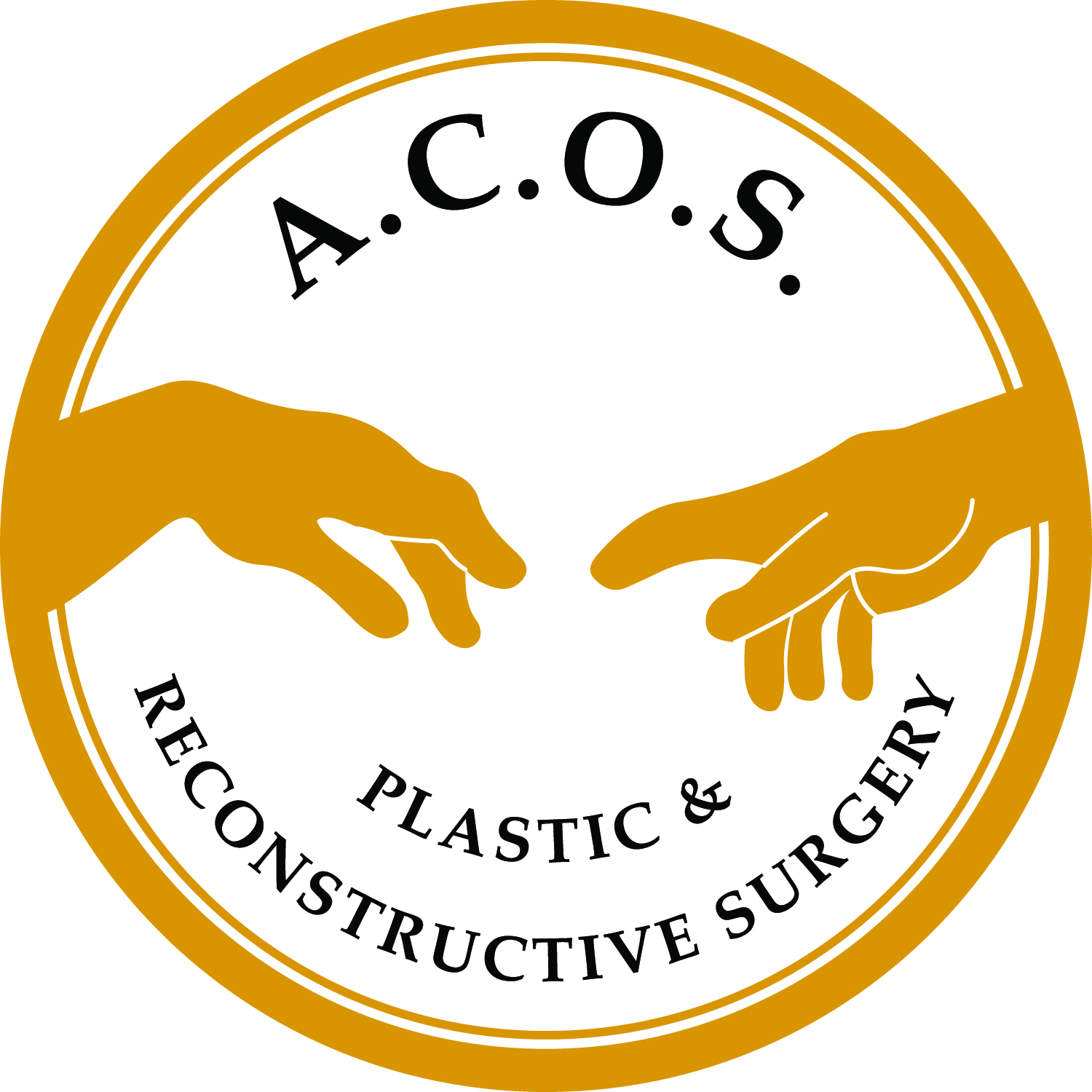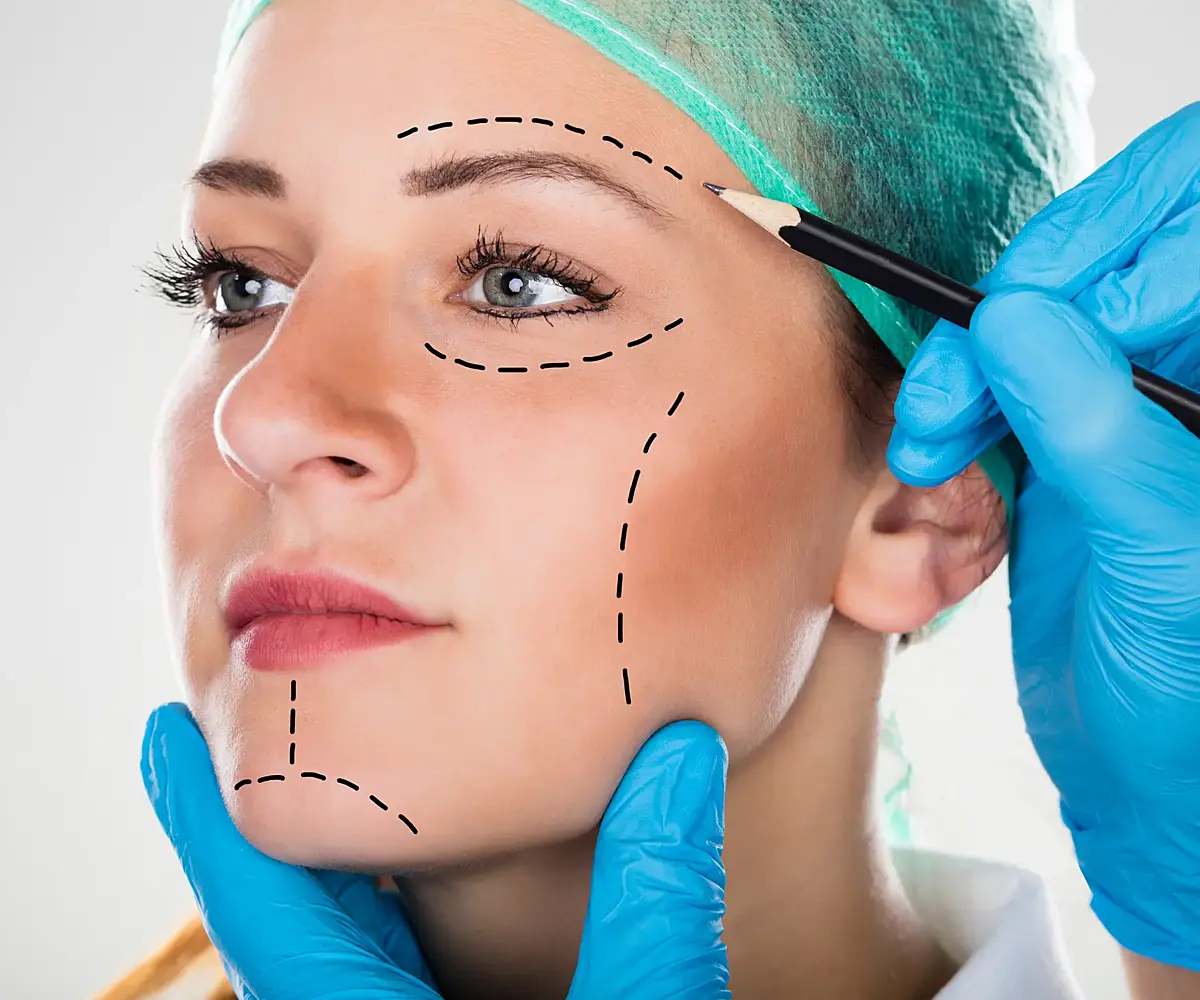
ACOS Plastic and Reconstructive Surgery

The training, education and practice of plastic and reconstructive surgery encompasses the following broad categories:
- Congenital anomalies of the head and neck, trunk and extremities.
- Traumatic surgery of the head and neck, trunk and extremities.
- Burns.
- Facial Fractures.
- Reconstructive surgery of the face, trunk, extremities, breasts and genitalia.
- Cosmetic surgery of the face, trunk, extremities.
- Hand surgery including traumatic amputations, fractures, lacerations, and acquired anomalies of the hand and upper extremity.
- Benign and malignant skin tumors, head and neck tumors and their associated reconstructive surgery.
- Laser surgery and chemical peels.
- Microsurgery including replantation and free tissue transfers.
- Skin grafts, flaps and muscle and musculocutaneous flaps.
- Gender confirmation surgery
- Injectables, skin care, and antiaging therapies.
This Discipline has been established as directed by the American College of Osteopathic Surgeons (ACOS) and shall preserve the overall objectives, ideals, and functions of the ACOS. The purpose and objectives of the Plastic and Reconstructive Surgery Discipline within the ACOS are:
- To maintain and promote the highest moral and ethical standards, as well as pursue all charitable and scientific endeavors in the practice of osteopathic plastic and reconstructive surgery.
- To further the educational activities and maintain quality in plastic and reconstructive surgery.
- To encourage and promote opportunities for training in plastic and reconstructive surgery for osteopathic physicians interested in this specialty.
- To encourage research projects in the field of plastic and reconstructive surgery.
- To stimulate interest in hospitals for the creation and development of divisions of plastic and reconstructive surgery.
Students, faculty, affiliated researchers, and external collaborators who are ACOS members are eligible to submit work through this channel. Please note that all submissions must adhere to the Cureus editorial guidelines
